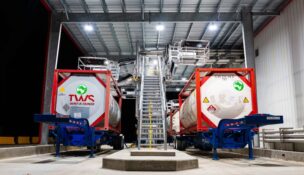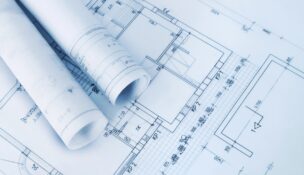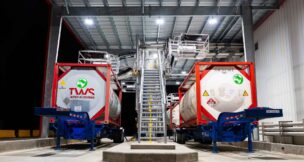Laurel Island’s 3rd development proposal goes before city Sept. 22
Staff //September 3, 2020//
A third large-scale development project has been proposed for the 160-acre waterfront property of Laurel Island, on the northeast side of the Charleston peninsula.
The self-contained, mixed-use community would build office and residential spaces, parks and more all in one place, likened to a miniature Daniel Island, according to Jacob Lindsey, director of Planning, Preservation and Sustainability for Charleston.
The current proposal goes before City Council on Sept. 22 and is being led by Charleston-based developer Clement Development Inc. Atlanta developers Core Property Capital and Philadelphia real estate investors Lubert-Adler are also behind the project. Lubert-Adler has owned Laurel Island since 2003.
Previously, in 2016, Ohio-based real estate company North American Properties had planned a 10-year buildout on Laurel Island that would have transformed the landfill near Morrison Drive into a $1 billion mixed-use project dubbed Lorelei.
That plan, however, focused too heavily on retail and ultimately wasn’t the right model for the property, Lindsey said.
North American Properties walked away in 2017, but the firm’s idea to include a bridge that would connect Laurel Island to Cool Blow Street will be incorporated into the new proposal, Lindsey said.
A third proposal in 2006 pitched a mega development based on Atlanta’s Atlantic Station, Lindsey said. The 2008 recession halted those plans and the property remained dormant until North American Properties took up the mantle.
“It’s just taken this long for a viable proposal to come forward and we think this is finally it,” Lindsey said.
Two key factors differentiate the current proposal from previous ones.
First, developers, along with the municipality and the county have put a tax increment finance district in place for the land. A TIF district is a special taxation plan that allows the city to reinvest in infrastructure that can benefit the property.
“This is very important for Laurel Island because it’s a landfill and it’s an island, so it’s going to need a lot of infrastructure invested for bridges, for drainage infrastructure, for public space and for all of the things that you need to develop a complex site like this,” Lindsey said.
The TIF district will aid the project’s development, just as similar financing has previously benefited downtown’s West Edge, another development built on a landfill, and the Magnolia site farther to the north, which was a brownfield.
The second advantage to Laurel Island’s current proposal is that it is a highly flexible design that allows for the project to adjust over time to suit shifting markets. Previous proposals were fairly rigid in their uses for the site, Lindsey said.
“For example, if the residential market is softer in 10 years, the developer can change the residential entitlement into office entitlement — within certain parameters,” Lindsey said. “It’s not an unfettered ability but there’s flexibility built in to meet changing market requirements. That’s unique and we think it gives this project an advantage over other previous proposals.”
The fact that the developers will maintain the landfill, and residents and businesses that live and work there will ensure it is maintained properly, is another added benefit for the development plan, Lindsey said.
He called the location ideal for dense growth in the region, especially when compared to growing out at the fringe, where development would tax roadways and drainage.
“Laurel Island will be connected right into the heart of the city,” he said. “It has great transportation and access; it’s a place where we can build offices and retail without negatively impacting an existing neighborhood because it’s on an unbuilt island.”
The project is in the initial stages, but if the proposal is accepted by City Council, design efforts could begin soon. Construction would follow in a couple of years.
“Overall, if the project is built according to the proposal, the complete buildout could take 20 years or more,” Lindsey said.
P
















